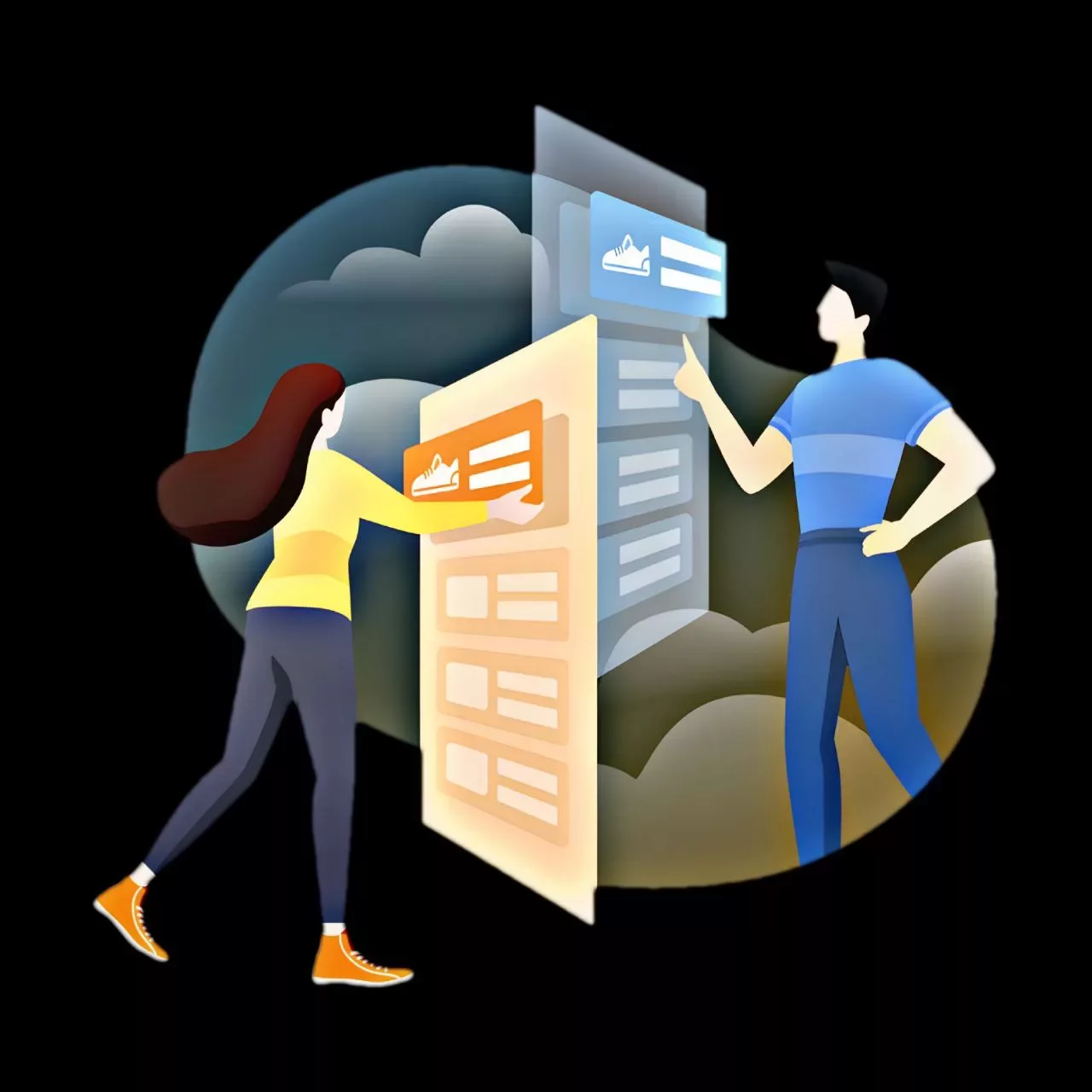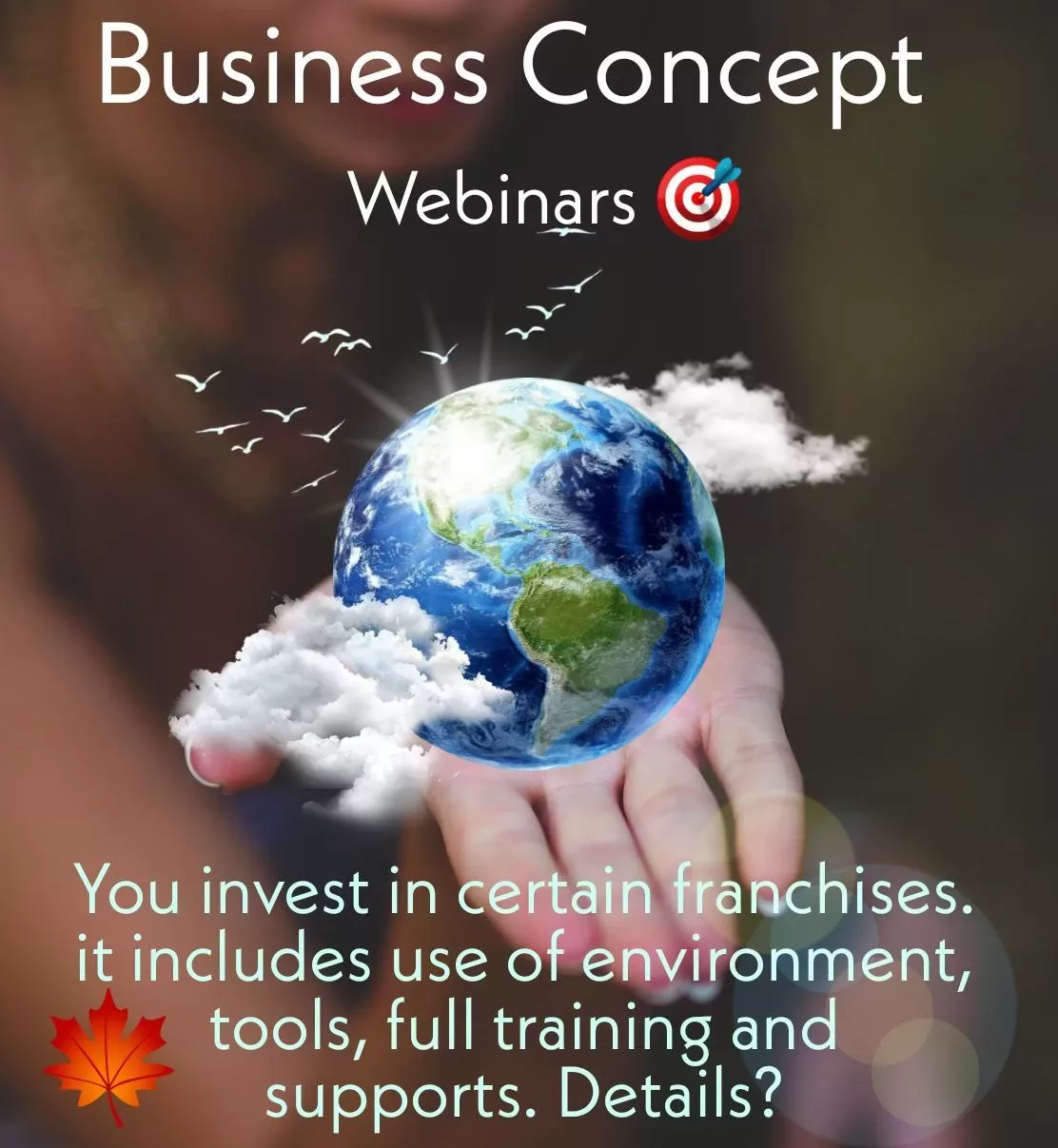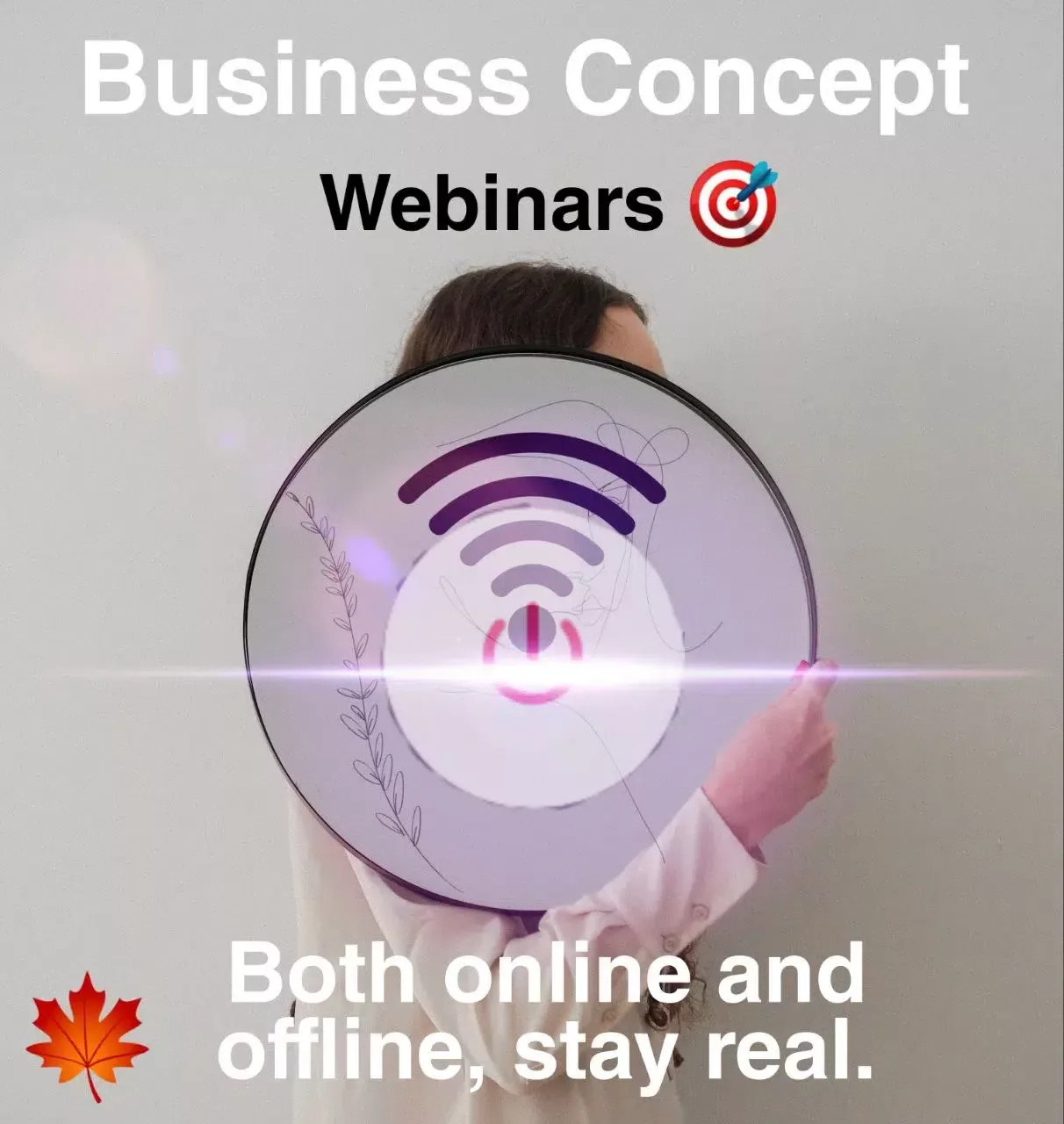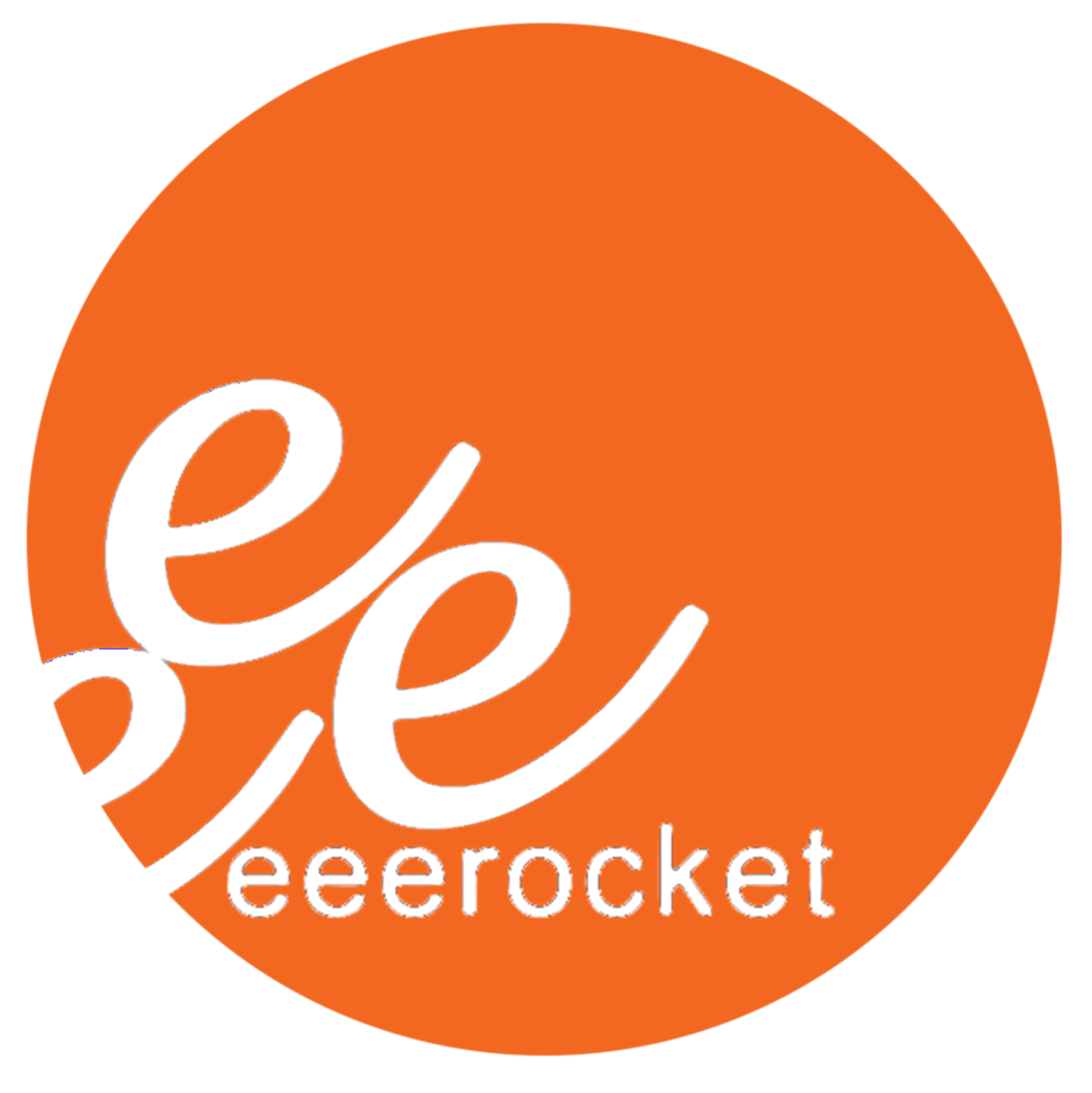The Online Business Blueprint
Listen to the Discussion
The Online Business Blueprint
Table of Contents
Online Business- In order to remain competitive and successful in the future work environment, it is essential to focus on several key areas. Here are some of the most important items to focus on:
– Continuous Learning and Skill Development:
In order to remain relevant and competitive in the rapidly changing work environment, it is important to learn and develop new skills continuously. This can involve formal education and training, as well as on-the-job learning and practical experience.
– Adaptability and Flexibility:
In order to succeed in the future work environment, it is important to be adaptable and flexible, and to be able to adjust to changes in the job market, technology, and the broader economy.
– Collaboration and Teamwork:
Collaboration and teamwork are expected to become increasingly important in future work, as people seek to work together to solve complex problems and to achieve shared goals. It is important to develop strong teamwork and collaboration skills in order to be successful in the future work environment.
– Digital Fluency:
As technology continues to play a growing role in work and in our daily lives, it is important to be digitally literate and to have a strong understanding of new technologies and digital tools.
– Sustainability and Social Responsibility:
Sustainability and social responsibility are expected to become increasingly important in future work, as people seek to align their careers with their values and to make a positive impact on society and the environment. It is important to be informed and engaged on issues of sustainability and social responsibility and to seek out opportunities to make a positive impact in these areas.
– Emotional Intelligence and Interpersonal Skills:
Emotional intelligence and strong interpersonal skills are also expected to become increasingly important in future work, as people seek to work effectively with others, communicate effectively, and build strong relationships.

What are 4 examples of marketing?
Certainly! Here are four examples of marketing strategies:
– Social Media Marketing: This involves using social media platforms like Facebook, Instagram, Twitter, and LinkedIn to promote products or services. Companies create engaging content, run targeted ads, and interact with their audience to build brand awareness, engage customers, and drive sales.
– Content Marketing: Content marketing focuses on creating valuable and relevant content, such as blog posts, videos, infographics, and eBooks, to attract and engage a target audience. This approach aims to establish the company as an industry authority and build trust with potential customers.
– Influencer Marketing: Influencer marketing leverages the popularity and credibility of social media influencers or industry experts to promote products or services. Companies collaborate with influencers who have a strong following in their niche to reach a wider audience and tap into their followers’ trust.
– Email Marketing: Email marketing involves sending targeted emails to a list of subscribers, which can include promotional offers, product updates, newsletters, and more. This approach helps companies nurture leads, retain customers, and drive conversions through personalized communication.
These are just a few examples of the many marketing strategies that companies can use to connect with their target audience and achieve their business goals.
What are the 4 P’s of marketing?
The 4 P’s of marketing, also known as the marketing mix, are a set of fundamental elements that companies consider when developing their marketing strategies. They represent the key aspects that need to be balanced in order to successfully market a product or service. The 4 P’s are:
– Product: This refers to the actual offering that a company provides to its customers. It includes aspects such as design, features, quality, branding, and packaging. Companies need to ensure that their products meet the needs and wants of their target customers.
– Price: Price refers to the amount of money customers need to pay in order to acquire the product or service. Pricing strategies can vary, including premium pricing, value-based pricing, penetration pricing, and more. The chosen pricing strategy should align with the perceived value of the product in the market and the target customer segment.
– Place: Place, also known as distribution, concerns the channels and locations through which customers can access and purchase the product. This includes decisions about where products are sold, how they’re transported, and the overall distribution network. Companies need to ensure their products are available to customers in convenient and appropriate locations.
– Promotion: Promotion encompasses all the activities companies undertake to communicate and promote their products to their target audience. This includes advertising, public relations, sales promotions, social media marketing, influencer collaborations, and more. The goal is to create awareness, generate interest, and persuade customers to buy the product.
These four elements collectively help companies shape their marketing strategies and make informed decisions to effectively meet customer needs, create value, and achieve business objectives
What is the main focus of marketing?
The main focus of marketing is to create value for both the customers and the company itself. This involves understanding the needs and wants of the target audience and developing strategies to satisfy those needs profitably. In essence, marketing is about connecting the right product or service with the right customers at the right time and through the right channels.
Key aspects of the main focus of marketing include:
– Customer Orientation: Marketing places a strong emphasis on understanding the target audience’s preferences, behaviors, and needs. By deeply understanding customers, companies can tailor their offerings and messages to resonate with them.
– Value Creation: Marketing is about creating value for customers by offering products or services that meet their needs and solve their problems. This value can be in the form of functional benefits, emotional satisfaction, convenience, or other factors.
– Market Segmentation: Marketers divide the larger market into smaller segments based on common characteristics such as demographics, psychographics, behaviors, and preferences. This allows companies to target specific groups with tailored messages and offerings.
– Communication: Effective communication is a core aspect of marketing. It involves creating compelling messages and using various communication channels (advertising, social media, public relations, etc.) to reach and engage customers.
– Profitable Exchange: Marketing aims to facilitate exchanges where both the customer and the company benefit. Customers receive products or services they value, and companies generate revenue and profit.
– Relationship Building: Building strong customer relationships is essential for long-term success. Marketing involves not only attracting new customers but also retaining existing ones through exceptional customer experiences.
– Adaptation and Innovation: The marketing landscape is always evolving. Marketers need to stay attuned to changes in customer behavior, technological advancements, and market trends, and they must be willing to adapt and innovate accordingly.
– Long-Term Strategy: While marketing seeks to generate short-term sales, it also focuses on building a long-term brand reputation and customer loyalty. A strong brand and loyal customer base contribute to sustained success over time.
In summary, the main focus of marketing is to understand and meet customer needs while creating value for both customers and the company. It involves a combination of market research, strategy development, communication, and ongoing adaptation to deliver products and experiences that resonate with the target audience
What are the differences between traditional and online marketing?
Traditional marketing and online marketing (also known as digital marketing) are two distinct approaches to reaching and engaging with customers. Here are some key differences between the two:
Medium of Communication:
– Traditional Marketing: This involves using traditional channels such as television, radio, print media (newspapers, magazines), billboards, and direct mail to reach audiences.
– Online Marketing: This involves using digital channels such as websites, social media platforms, email, search engines, online advertisements, and mobile apps to reach audiences.
Reach and Targeting:
– Traditional Marketing: Reach can be broader but less targeted. It’s often more challenging to ensure that the message reaches only the desired audience.
– Online Marketing: Allows for precise targeting based on demographics, behaviors, interests, and other data, leading to more effective and relevant communication.
Cost and Budget:
– Traditional Marketing: Can be more expensive due to costs associated with printing, distribution, and broadcast time.
– Online Marketing: Generally offers more cost-effective options, as digital channels often have lower entry costs and more flexible budgeting.
Measurability and Analytics:
– Traditional Marketing: Metrics can be harder to measure accurately. You might rely on indirect measures like foot traffic after a billboard campaign.
– Online Marketing: Provides detailed and real-time analytics, allowing you to track metrics such as clicks, impressions, conversions, and engagement rates.
Interaction and Engagement:
– Traditional Marketing: Typically offers limited interactivity, with minimal opportunities for immediate engagement and feedback.
– Online Marketing: Enables high levels of interaction and engagement through social media, comments, shares, likes, reviews, and more.
Global Reach:
– Traditional Marketing: Often has a local or regional focus, making it challenging to reach a global audience.
Online Marketing: Has a global reach, allowing businesses to connect with audiences worldwide.
Flexibility and Real-Time Updates:
– Traditional Marketing: Can be less flexible, as changes or updates to campaigns might require reprinting or rescheduling.
– Online Marketing: Offers greater flexibility for making real-time changes to campaigns, content, and targeting.
Personalization:
– Traditional Marketing: Personalization is limited to direct mail and localized efforts.
– Online Marketing: Enables extensive personalization through tailored content, recommendations, and targeted ads.
Duration of Impact:
– Traditional Marketing: Has a relatively short-lived impact, especially in fast-paced media environments.
– Online Marketing: Offers longer-lasting impact due to the potential for content to remain accessible and discoverable over time.
Both traditional and online marketing have their own strengths and weaknesses, and the best approach often depends on factors such as the target audience, goals, budget, and industry. Many companies use a combination of both strategies to create a comprehensive and effective marketing campaign
What we offer:
If you are looking for smart activities to add to your professional organization, you are sure about the benefits of online business concepts, and you are interested in being an agent for automated sales products and services at low investment through the cheapest franchise opportunity in Canada, you are in the right place.
We are agents for the automated sales of amazing products and services in the smart lifestyle fields, and at the same time, we grant Automated sales licenses through practical pieces of training to interested parties.

Learn, and grow a legitimate online business:
You can simultaneously add up to three types of financial circulation to your online business without selling goods and asking friends and family members, and increase your job security. Use a very strong and defensible business concept, and place its successful results next to other honors of your life
Learn more
FAQ
What key skills are essential for success in the future work environment?
To thrive in the evolving work landscape, prioritize:
- Continuous Learning and Skill Development: Embrace lifelong learning through formal education, training, and on-the-job experiences to stay relevant.
- Adaptability and Flexibility: Be prepared to adjust to shifts in the job market, technology, and the economy.
- Collaboration and Teamwork: Develop strong teamwork skills to effectively collaborate on complex problems and achieve shared goals.
- Digital Fluency: Enhance your digital literacy and understanding of new technologies and digital tools.
- Sustainability and Social Responsibility: Align your career with your values by actively engaging in sustainability and social impact initiatives.
- Emotional Intelligence and Interpersonal Skills: Cultivate emotional intelligence and strong interpersonal skills for effective communication and relationship building.
What are the 4 P's of marketing, and how do they work together?
The 4 P’s of marketing, also known as the marketing mix, are:
- Product: The goods or services offered, encompassing design, features, quality, branding, and packaging, tailored to meet customer needs and wants.
- Price: The cost to the customer, determined through strategies like premium pricing, value-based pricing, or penetration pricing.
- Place: Distribution channels and locations where customers can access and purchase the product, including physical stores, online platforms, and logistics.
- Promotion: Activities that communicate and promote the product, such as advertising, public relations, sales promotions, social media, and influencer collaborations.
These elements work together to create a cohesive marketing strategy, ensuring a strong value proposition, competitive pricing, convenient access, and effective communication.
What are the key differences between traditional and online marketing?
FeatureTraditional MarketingOnline MarketingMediumTV, radio, print, billboardsWebsites, social media, email, appsReachBroad but less targetedPrecise targetingCostOften more expensiveGenerally more cost-effectiveMeasurabilityHarder to track accuratelyDetailed real-time analyticsInteractionLimited interactivityHigh levels of engagementGlobal ReachLocal or regional focusGlobal reachFlexibilityLess flexible for updatesReal-time changes possiblePersonalizationLimited personalizationExtensive personalizationDuration of ImpactShort-lived impactLonger-lasting impact6. What does “The Online Business Blueprint” offer?
This program offers individuals the opportunity to:
- Learn about online business concepts.
- Become an agent for automated sales products and services in the smart lifestyle industry.
- Gain practical training to grant automated sales licenses.
- Build a legitimate online business with multiple income streams.
How can I learn more about this opportunity?
To explore this opportunity further and get detailed information, subscribe to the newsletter by sending a message with the word “Newsletter.” are a good fit for them.
What is the primary focus of marketing?
The core focus of marketing is creating value for both customers and the company. This involves:
- Understanding customer needs and wants.
- Developing strategies to meet those needs profitably.
- Connecting the right product/service with the right customers at the right time and through the right channels.
- Building long-term customer relationships and loyalty.
- Adapting to the evolving marketing landscape.
How can I enhance my job security and financial stability through this program?
By participating, you can:
- Diversify your income through multiple online business streams.
- Leverage a proven business concept for success.
- Increase your earning potential through automated sales and licensing opportunities.
















